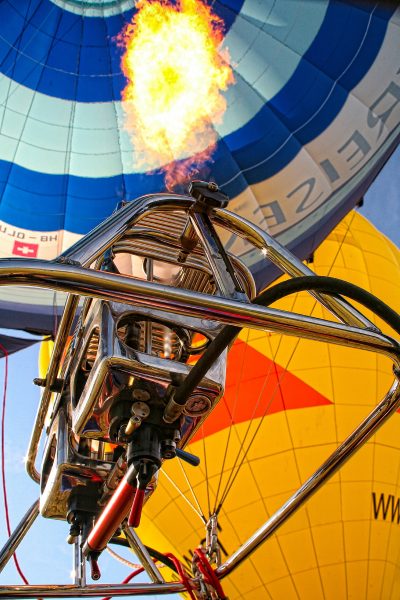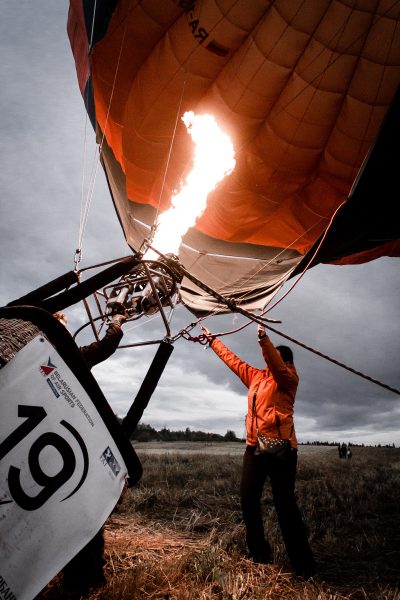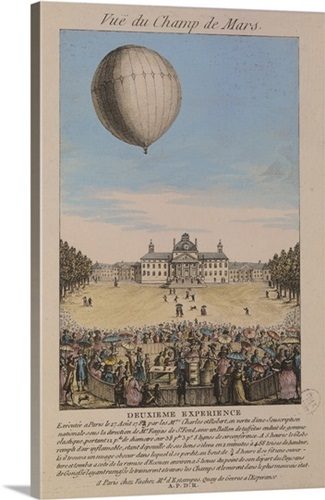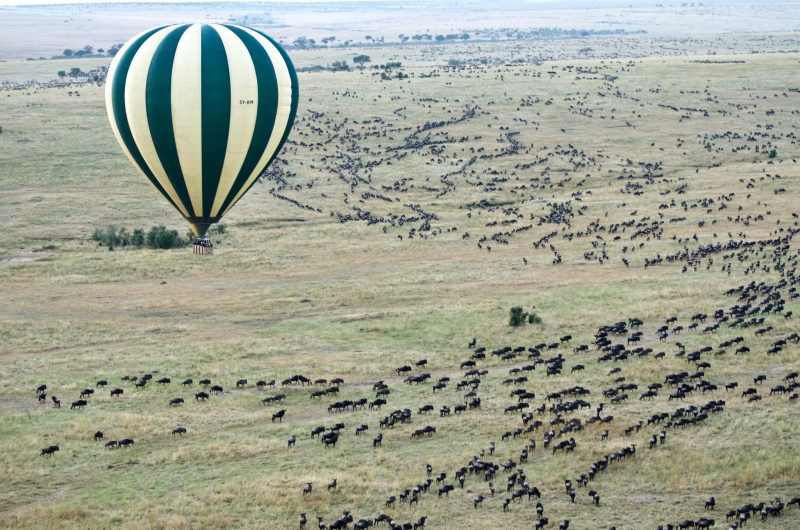Three Components Of Hotair Balloon Aircraft
A basket, a burner and an envelope make up a hotair balloon. It’s a simple piece of equipment and relatively affordable when one compares it to other aircraft.
Hotair balloon basket
The hotair balloon carries its cargo and passengers in a wicker basket or gondola suspended beneath the burner which is at the bottom of the envelope. It is where the pilot stands too. The wicker is light, strong, flexible and durable with reinforced frames enabling it to absorb the impact if the balloon has a rough landing.
Mechanisms of basket
Incredibly solid stainless steel suspension cables or chains connect the basket to the burner, which in turn connects the envelope above by robust, load-bearing tapes that run up the seams vertically between its crown and throat. They first make the a plywood base for the baskets. Then they make a frame of a cane on top of the plywood base. And the corner of the frame is surrounded by stainless steel wires. Around the frame, the willow or rattan is woven leaving holes in the body for cylinder straps. The basket is then coated with varnish to set the cane together and to help maintain its shape.
Types of basket
The baskets vary in size carrying up to 24 people at a time. They have minimum and maximum loading capacities. Baskets also come in square and triangular shapes. But the large ones are rectangular and split into comfortable compartments, giving everyone a fantastic view. They last up to 800 flying hours. Rawhide, suede, or leather are used to sew the edges.
Hotair balloon burner
The motive force of the hotair balloon is the burner which is also its engine. It connects to a metal frame on top of the basket and under the envelope. The burner is the unit that is used to heat up and propel the hot air into the envelope. The exterior of the basket carries extra fuel cylinders. The air will not escape from the bottom hole of the envelope because the hot air always rises and keep it expanded. In other words, the buoyancy keeps the balloon moving up. The pilot can add heat for more lift, or let it cool to land. Here is how the burner works.
Mechanisms of burner
The propane which is in the cylinders flows to the burner in a liquefied form. By the way, propane is a predictable and stable fuel, but highly volatile. A typical flight that lasts an hour consumes about 30 gallons of propane. Other commonly used lifting gasses are hydrogen, helium, and heated air. The pilot carries a flint or a lighter to light or to relight as needed. When the pilot light ignites it, the flame heats up the propane along with the surrounding metal tubing. The burner only uses one fuel tank when it is turned on. The liquid propane turns to gas, which is more powerful and efficient to heat the balloon quickly. The hot air is then propelled directly into the mouth of the envelope through the bottom opening of the balloon to make it rise. So, the hot air filling the balloon comes from propane-fuelled jets.
Types of burner
There are different kinds of burners depending on the balloon size. Smaller balloons that carry 1 or 2 passengers only have a single one. However, most of them have two or more for safety’s sake and to provide more lift. The most popular are the double burner and are made up of 2 coils.
Hotair balloon envelope
Some pilots affectionately call the part that looks like a colorful balloon the bag. At the time of the invention, they made the envelopes using rubber, paper, silk and plastics over the course of history. The modern fabric is every bit tested, regulated and maintained well within safe operating procedures.
Mechanisms of envelope
The fabric is usually brightly colored panels of different patterns and designs. The balloons have turning or maneuvering vents on the sides that allow for a full panoramic view. The pilot makes this happen by letting out air through the side vents and rotate the balloon 360 degrees by pulling the ropes as required. Once it is released, the vent automatically closes. The envelopes range in size from the one carrying 77,000 to 600,000 c. ft. of air. It can expect to last 350 flying hours. The envelope has holes at the top and the bottom.
Types of envelope
The standard shapes are spheres, oblate spheroids, inverted tear drop, and aerodynamic configurations. The teardrop can climb faster using less energy. The round shape needs the least amount of heat because it uses the least amount of fabric. A smooth bulbous shape is the best. Any other form makes it too difficult to deflate and inflate in some wind conditions. Some brands have unique shapes and forms for advertising purposes. Slogan or brand name are applied using acrylic paint, banners or ready-made adhesive letters. Some envelopes have large overlaid artwork, which can be a complex and demanding process. Overlaid artwork is a technique used to add detail to the shapes for which urethane coated fabric is better than a silicone coated one. Inlaid artwork can also be added to change colors within any panel in the balloon.
Same three components
People had been using the same three components – basket, burner, envelope – for hotair balloon ever since its invention in the 18th century although the sophistication level is higher now. The only difference is that the advanced technology has enabled it to fly higher, faster and safer. Perhaps by completely passing through the industry experience curve, hotair balloons may be able to sustain longer distances in shorter time frame. With cutting-edge and innovative machinery of modern times, it is not difficult to fathom such a possibility
5 Frequently Asked Questions About Hot-Air Balloon
To book a balloon safari, please fill out the following form or simply email us on safaris@safari-center.com








